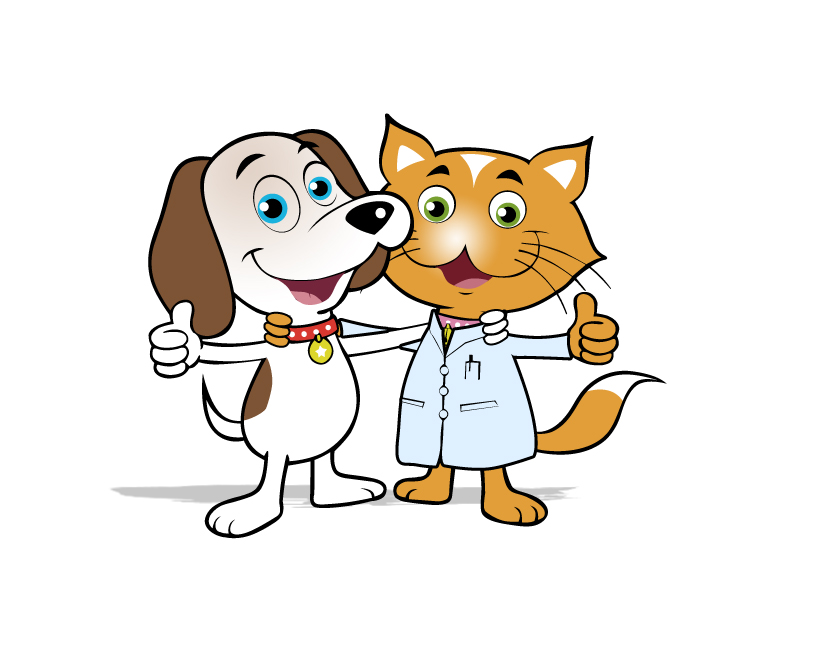How to Spot Anxiety in Your Dog
Posted by Bentley & Bella on 6th Jan 2016
Separation Anxiety is common in dogs, & the holidays can be very tough on dogs that have built up a routine throughout the year. Unfortunately, it is also one of the leading causes that so many dogs end up in animal shelters each year. It can lead to destructive behaviors if unattended, & this type of behavior can impact the close bond between many dog owners & their dog. Please keep in mind that your dog does not have ill intentions, but is hoping to attract your attention for positive reasons.
Here are some ways to spot anxiety in your dog as well as a few suggestions on attending to your pet’s anxiety in order to avoid destructive behavior:
Spotting Anxiety
While most separation anxiety occurs after a dog owner leaves the house, there are several signs that can be seen before your departure. Your dog may begin to pace back and forth nervously when he sees you getting dressed or picking up your car keys; furthermore, a particularly smart dog may even attempt to steal or hide your keys during this time! Along with pacing, other signs of nervousness, such as whining, jumping up on your pants leg more often than normal or blocking your path to the door, may occur.
Once you are gone, your pet may begin barking or howling loudly, which could go on for hours on end. If your neighbors have approached you & addressed a similar situation to you regarding your dogs, you may have a dog with Separation Anxiety. Dogs may also become destructive, seeking out objects that smell like their humans, such as shoes and shirts, and then destroy them. Your pet may also chew areas near the exit of your home, such as the door frame or floor beside the door.
Stopping Anxiety
Many home owners have found that constant changes in their morning routine catch their dog by surprise, & Change the order you get ready in, picking up your keys first and then sitting down for a cup of coffee. Make leaving a boring event, ignoring your dog, stopping any pets or baby talk, and just getting up and going. Changing up a routine will keep your dog guessing about your motives, and may be enough to break the cycle of anxiety prior to your exit.
For dogs that are anxious after you leave, there are several toys and tools that can be used to help. Playing a radio or TV on a soothing talk channel may help your dog feel as if people are home, helping keep him quiet and calm. Feeding a special treat or puzzle toy (that is safe to leave him alone with) can help distract him while you are gone, and also gives him something to “destroy” that isn’t your wall. For the very anxious dog, a training regimen of leaving for only a few minutes at a time and then gradually increasing the time gone can help ease your dog into being left alone.
Separation anxiety can be difficult to deal with, but luckily there are many ways to help decrease your dog’s discomfort. If at-home techniques don’t work, speaking with a local trainer in your area is another great option!
With Love,
Mr. Bentley & Ms. Bella
About our Writers
 Pet Wish Pros is proud to have Bentley and Bella contributing to our pet health blog. For many years, Bentley has been passionate about improving and learning from the lives and experiences of homeless pets in the greater Atlanta area. Bella is usually busy discovering new pet health products and medications. In her free time, Bella enjoys working on her horse farm. Both Bentley and Bella are devoted to animal health & their experience allows them to keep you informed while saving YOU money!
Pet Wish Pros is proud to have Bentley and Bella contributing to our pet health blog. For many years, Bentley has been passionate about improving and learning from the lives and experiences of homeless pets in the greater Atlanta area. Bella is usually busy discovering new pet health products and medications. In her free time, Bella enjoys working on her horse farm. Both Bentley and Bella are devoted to animal health & their experience allows them to keep you informed while saving YOU money!
Follow Bentley and Bella’s weekly blog updates and stay current with the latest trends in pet health. Please email us at help@petwishpros.com.
